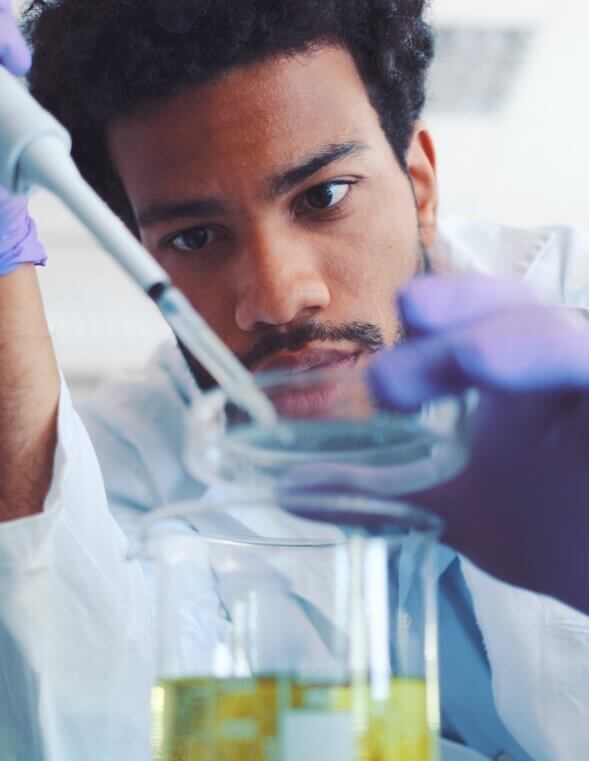
Closing in on Cures
Explore our research portfolio below.
Our Strategy: Curing T1D. Improving Lives.
Learn more about our research strategy here.
Cures
-
Restore or replace insulin production
-
Turn off the autoimmune attack responsible for destroying the beta cells

Screening
Developing a global universal T1D risk screening strategy to identify high-risk individuals, reduce DKA at diagnosis, and speed up the development of disease-modifying therapies by accelerating clinical trials.

Disease-Modifying Therapies
Powering the research and development of new therapies that can slow, halt, or reverse the course of T1D, curing people across the various stages of the disease.

Cell Therapies
Investing in research and clinical trials aimed at developing and delivering life-changing therapies that insert healthy, insulin-producing beta cells into people with T1D, with minimal or no immunosuppression, keeping them healthy for longer.
Improving Lives

Drugs and Devices for Glucose Control
Making T1D easier to manage with improved technologies, like artificial pancreas systems, improved insulins, and other drugs – all with reduced disease management burden.

Improving Quality of Life: Complications and Behavioral Health
Discovering therapies that intervene in diabetic eye and kidney disease at earlier stages, preventing them from advancing and reducing the mental burden of T1D through research and clinical trials, developing interventions that help people with T1D do better.
Investing in the Future
Meet our Grantees Here
Want to learn more? Watch JDRF Vice President, Research talk through JDRF’s research portfolio. You can also see him go over the top advances of FY21 here.Sign up for our monthly Research Newsletter, The Pipeline, to stay up to date on the latest and greatest in T1D science.
By clicking Sign Up, I agree to the JDRF Privacy Policy. I also agree to receive emails from JDRF and I understand that I may opt out of JDRF subscriptions at any time.